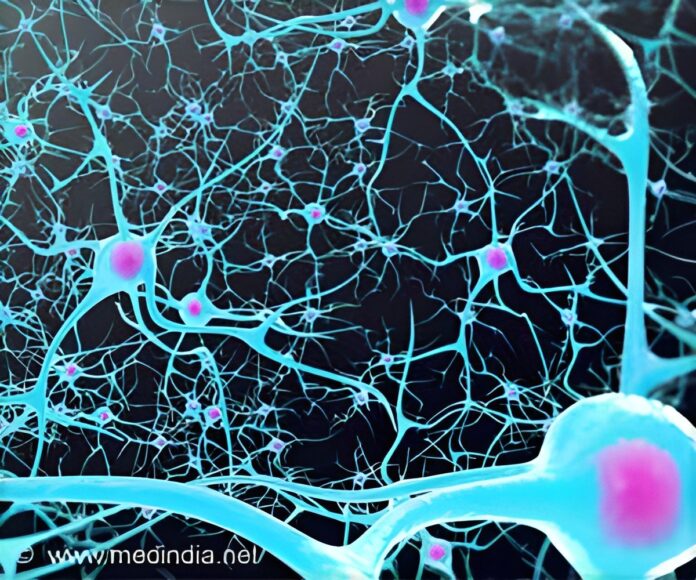Oral bacteria linked to Alzheimer’s risk may disrupt brain health, offering new clues for early detection and prevention strategies.
As Alzheimer’s disease cases rise globally, a new study reveals that oral bacteria may serve as an indicator of brain health and the risk of neurodegenerative conditions. Researchers from the University of Exeter in the UK found that certain mouth bacteria can enhance memory and attention, while others are associated with a higher likelihood of Alzheimer’s. ()
The study suggests that harmful bacteria may reach the brain through the bloodstream, potentially causing damage or disrupting the balance between beneficial and harmful microbes. This imbalance could hinder the conversion of nitrate—found in vegetable-rich diets—into nitric oxide, a compound vital for brain communication and memory.
Mouth Microbes and Memory
Dr. Joanna L’Heureux, lead author from the University of Exeter Medical School, emphasized the potential for routine dental tests to monitor bacterial levels and detect early signs of cognitive decline. Published in PNAS Nexus, the study involved 110 participants aged 50 and older, whose mouth rinse samples were analyzed for bacterial composition.
Results indicated that higher levels of Neisseria and Haemophilus bacteria were linked to better memory, attention, and cognitive performance, along with increased nitrite levels. Conversely, elevated levels of Porphyromonas were more common in individuals with memory issues, while Prevotella bacteria were associated with lower nitrite levels and poorer brain health, particularly in those carrying the Alzheimer’s risk gene, APOE4.
Professor Anne Corbett highlighted the potential for interventions such as dietary adjustments, probiotics, improved oral hygiene, or targeted treatments to reduce dementia risk. These findings open new avenues for early detection and prevention strategies.
Reference:
- Oral microbiome and nitric oxide biomarkers in older people with mild cognitive impairment and APOE4 genotype – (https://academic.oup.com/pnasnexus/article/4/1/pgae543/7960038?login=false)
Source-Medindia


